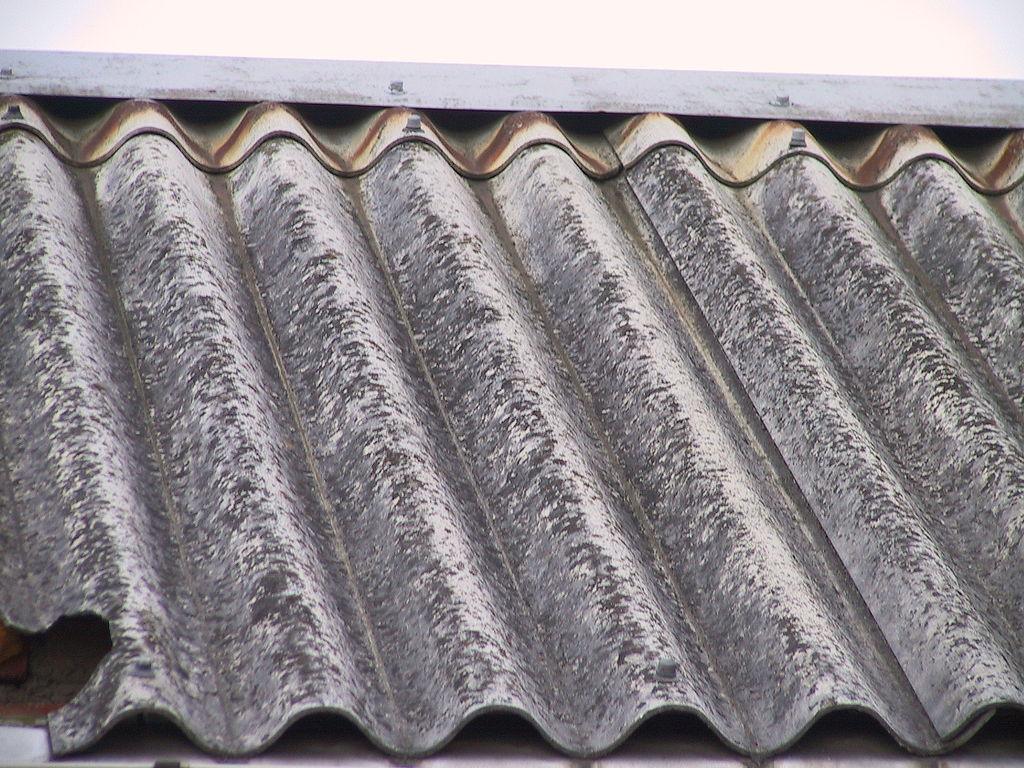Asbestos is a naturally occurring mineral that was commonly used in construction until the 1980s. At the time, it was considered to be safe, but now we know that it’s a hazardous material that poses serious health risks. A fair few buildings were constructed during this time, and many apartment owners and prospective buyers may be wondering if they need an asbestos report. With that in mind, this guide looks at when an asbestos report is required for flats.
What is asbestos?
Asbestos is a natural mineral that was a go-to material in construction from the 1950s to the 1990s. Known for its durability and heat resistance, asbestos was commonly used in roofs, floors and insulation.
Fast forward to now, we know that asbestos is a health hazard, potentially causing fatal illnesses. When disturbed, materials containing asbestos release tiny, sharp fibres that can be inhaled, leading to long-term health issues like mesothelioma, lung cancer, asbestosis and other respiratory problems.
There are two main categories of asbestos: Serpentine and Amphibole.
Chrysotile, or white asbestos, falls under the Serpentine group and is the most commonly used in the UK. The Amphibole group includes five sub-types:
- Amosite (brown asbestos)
- Crocidolite (blue asbestos)
- Anthophyllite
- Tremolite
- Actinolite
- Amphibole asbestos, although less common, is more dangerous and has a higher risk of causing mesothelioma.
The UK banned asbestos use in 1999, making it illegal in new construction. However, it’s estimated that nearly half of the buildings constructed before the ban contained some form of asbestos. So, if you own an older property, or are thinking of buying one, then you should have an asbestos report done.
Identifying asbestos isn’t straightforward unless you’re an expert. It’s often mixed with other substances, making it hard to spot. Surprisingly, it can also be found in places like paint, textured coatings, and tiles.
Is asbestos more common in flats?
Asbestos isn’t necessarily more common in flats compared to other types of properties; its presence largely depends on when the building was constructed. Buildings erected between the 1950s and 1990s are relatively likely to contain asbestos, regardless of whether they are flats, houses or commercial properties.
However, in multi-unit dwellings like flats, the risk could be more widespread due to shared areas like floors, stairwells and roofs, which might contain asbestos materials. If one flat undergoes renovation and disturbs asbestos, it could potentially pose a risk to other units. Therefore, it’s crucial for both tenants, leaseholders and freeholders to be aware of the risks.
What is an asbestos survey?
An asbestos assessment is a comprehensive evaluation of a property to ascertain the presence of asbestos, its varieties and its specific locations. There are two primary categories of these assessments. The first, known as a Management Assessment, aims to locate and document any asbestos-containing materials within a building, assess their state and risk levels and offer recommendations for either managing or removing them.
The second type, called a Pre-Renovation/Demolition Assessment, is mandatory before initiating any refurbishment or demolition work on the property. This is a more invasive procedure that involves sampling and lab analysis of suspected asbestos-containing materials to confirm their presence, pinpoint their locations, and gauge their extent.
Will I need an asbestos report?
While it’s not mandatory to conduct an asbestos assessment before buying a property, it’s advisable, especially for properties constructed prior to 1999. If you buy a flat with asbestos, the asbestos becomes your problem.
Having a survey that confirms the absence of asbestos can put your mind at ease before you proceed with the sale process.
Should the survey reveal asbestos, you’ll most likely be stuck with it, if it’s part of the broader building fabric.
The general recommendation is to not disturb the asbestos. So, if asbestos is found in flats, the management company probably will be very reluctant to remove it, because to do so would put the residents at greater risk.
If you own a flat with asbestos it might well present a bit of an issue when selling it, later down the line, as some wary buyers will pay for an asbestos report, which could result in sales falling through.
In almost all cases, buyers will, at minimum pay for a RICS level 2 or level 3 survey before they buy a property. RICS inspectors do not vigorously search for asbestos, as these types of surveys are somewhat surface level, but surveyors are trained to flag up all suspected presence of asbestos, which again could put a sale at risk of falling through.
How to sell a flat with asbestos
Property Rescue will buy pretty much any flat or house, including those with asbestos. What’s even better is that we can offer a quick, hassle-free transaction, often completing sales in as little as 48 hours. Find out how much cash you’ll get for your property. Get your free, no-obligation quote now by filling in our 30-second form.
